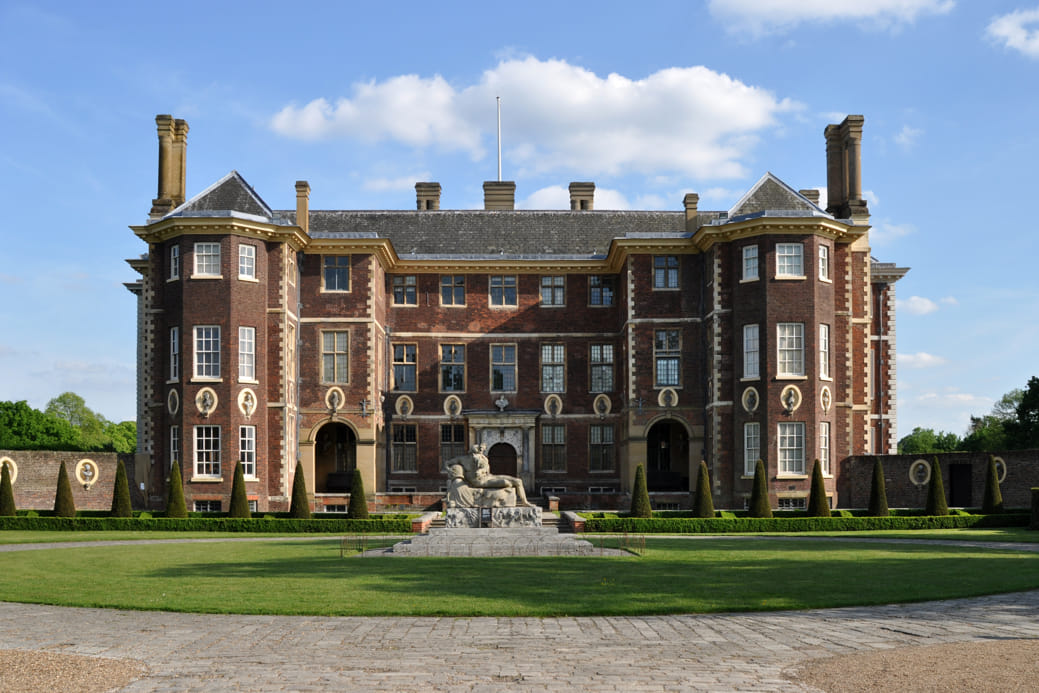Richmond Ham House Extensions: A Glimpse into the Past and Future
Ham House, a magnificent 17th-century mansion nestled along the banks of the River Thames in Richmond Ham, is a testament to the opulence and grandeur of the Stuart era. While the house itself is a historical gem, it’s the recent extensions that have breathed new life into this iconic landmark.
A Brief History of Ham House
Before delving into the house extensions, let’s revisit the history of Ham House. Built in 1610 by Sir Thomas Vavasour, a Knight Marshal to James I, the house was initially a modest country retreat. However, it was under the ownership of the Duchess of Lauderdale, a formidable woman of the era, that Ham House truly flourished. She transformed the property into a lavish estate, complete with exquisite gardens and a collection of fine art.
The Need for Extensions
Over the centuries, Ham House has faced challenges, including the passage of time and changes in lifestyle. To ensure its preservation and relevance for future generations, the National Trust, which manages the property, undertook a series of extensions and renovations.
The Extensions: A Blend of Old and New
The extensions to Ham House were carefully planned to complement the existing architecture and preserve the historic character of the building. They were designed to provide additional space for visitors, improve accessibility, and enhance the overall visitor experience.
- Visitor Center: A new visitor center was constructed to accommodate the growing number of tourists. This facility offers informative exhibits, a gift shop, and a café.
- Accessibility Improvements: To make Ham House more accessible to people with disabilities, ramps, lifts, and accessible toilets were added.
- Conservation Works: As part of the extensions, extensive conservation work was carried out to repair and preserve the original fabric of the building. This included restoring historic features such as plasterwork, woodwork, and stained glass.
The Impact of the Extensions
The extensions to Ham House have had a significant impact on both the building and the visitor experience. They have helped to secure the future of this historic gem and ensure that it remains accessible to a wider audience. Visitors can now explore the house and gardens with greater ease, while also learning more about its fascinating history.
The Future of Ham House
As the National Trust continues to manage Ham House, it is likely that future extensions or renovations will be considered to meet the evolving needs of visitors and ensure the long-term preservation of the property. Whether it’s through new exhibits, educational programs, or technological advancements, the goal will always be to enhance the visitor experience and protect this valuable piece of history.
In conclusion, the extensions to Ham House have not only preserved a historic landmark but have also transformed it into a more accessible and engaging visitor attraction. By blending modern amenities with the rich heritage of the past, these extensions have ensured that Ham House remains a beloved destination for generations to come.





